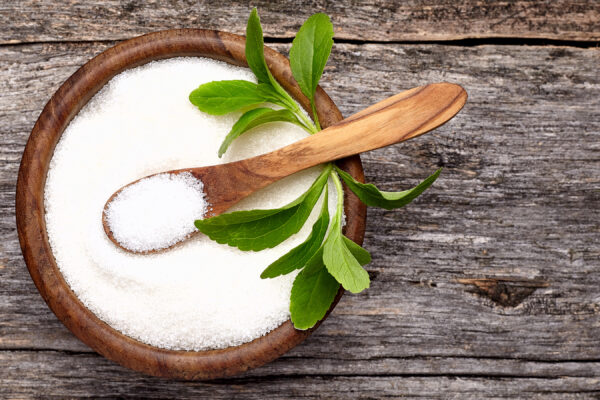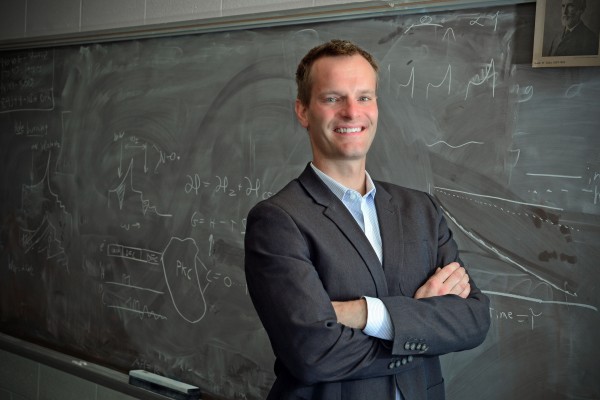Structuring sweetness: What makes Stevia so sweet?
New research by biologists in Arts & Sciences reveals the molecular machinery behind the high-intensity sweetness of the stevia plant. The results could be used to engineer new non-caloric products without the aftertaste that many associate with the sweetener marketed as Stevia.
‘If this works, structural biology will never be the same’
Washington University’s Alexander Barnes, a chemist, physicist, electrical engineer and molecular biologist rolled into one, just received a $2.3 million grant from the National Institutes of Health to develop a nuclear magnetic resonance spectrometer that can determine the structure of molecules very quickly and at room temperature. His first target is a drug called bryostatin that may flush out HIV hidden in the chromosomes of our own cells.
Scientists characterize protein essential to survival of malaria parasite
A biology lab at Washington University in St. Louis has successfully cracked the structure of an enzyme made by Plasmodium falciparum, the parasitical protozoan that causes the most lethal form of malaria. Plasmodium cannot live without the enzyme, which is uses to make cell membrane. Because people don’t make this enzyme, it is an ideal target for an anti-malarial drug. Such a drug might kill Plasmodium but have minimal side effects for people.


